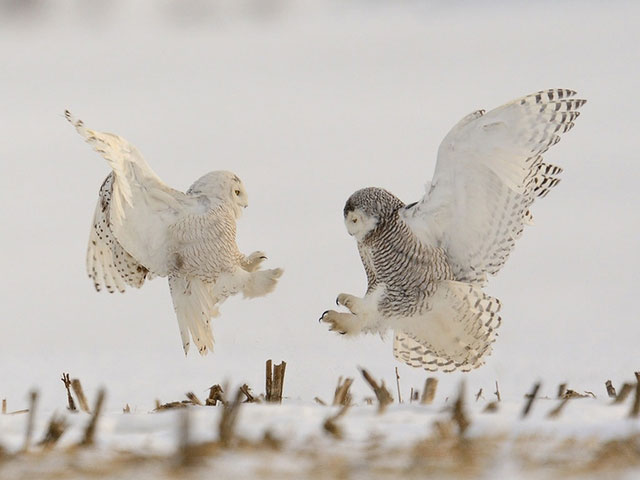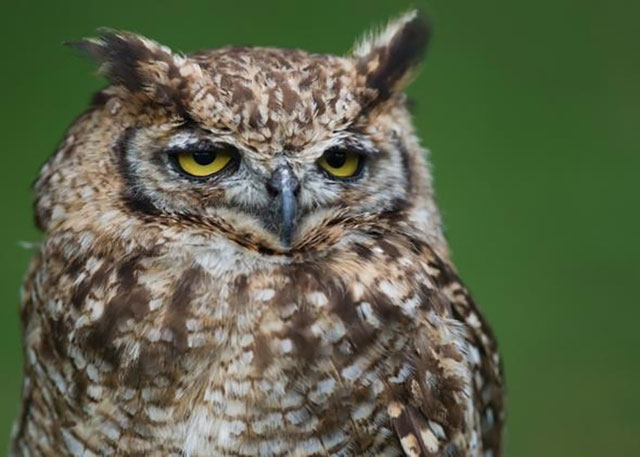It turns out birds can dream, but the 'content' of their dreams is what surprised scientists
Scientists have long known that birds seem to sing during sleep and that this song can also be heard by humans.
In 2018, physics professor Gabriel Mindlin and colleagues discovered that birds also contract their throat muscles during sleep, the same way they do when singing during the day. However, humans still have difficulty converting that audio signal into content that we can understand.
The biggest difficulty comes from the fact that the bird's breathing rate, which is not changed during sleep, lacks the airflow necessary to trigger oscillations in the mucosa. This air flow is needed for birds to be able to create enough sound for humans to hear.
To overcome this difficulty, the researchers applied a technique called electromyography to create the necessary air flows. Combined with the help of a dynamical system model, the research team succeeded in recording and translating the dream songs of great owls.

Scientists have researched and translated the dream songs of large owls.
Professor Gabriel Mindlin said: "For the past 20 years, I have been studying bird songs and how to translate their messages from throat muscle movements. After collecting many recording samples and analyzing the sounds birds, humans will synthesize them to find common points. From there, we can partly understand the meanings conveyed in the birds' songs."
An example of this is when during territorial disputes, great owls make a distinctive call consisting of a series of short syllables sent out at a rate of about 10 to 20 Hz. It should be emphasized that this fighting sound is created by owls while sleeping. So these unconscious songs showed that the birds in the study seemed to dream about fighting scenes.
The birds seem to be reenacting a territorial dispute in their dreams. This is quite common for humans when we are in times of stress.

The birds in the study appeared to dream about fighting scenes.
Contrary to what many people think, the bird brain has more similarities with the human brain than we think. The potential of a bird's brain is also very different, capable of doing things that we cannot imagine, especially while they sleep. Many birds sleep with one eye open, even while flying.
Migrating birds cover great distances at night, flying 7,000 miles between Alaska and New Zealand in eight straight days of flying. During long distances, there are times when they are in a sleep state, and control the flight process using the "dreaming about flying" mechanism.
While sleep is a physical behavior that can be observed from the outside, dreaming is an invisible internal experience. This is still a mystery that science needs more efforts to decode. It can be said that the latest research results of Professor Gabriel Mindlin have created a step forward in this field of science.
- The reasons people dream when they go to sleep
- Things you may not know about the dream
- Strange things make people's dreams
- The machine reads human dreams
- The reason we remember dreams after waking up
- The events of the day are closely related to the night dream
- Decode the premonition from the 9 most frequent dreams of man
- 5 surprising discoveries about dreams
- Why do we dream about so much extraordinary things, even nightmares?
- This is the part that makes dreams when we sleep
- This is a way to control lucid dream dreams at home
- How to diagnose the disease through dreams
 Animal 'suffering' after hibernation
Animal 'suffering' after hibernation Why do goats climb well?
Why do goats climb well? Scientists were surprised to see chimpanzees eating turtles
Scientists were surprised to see chimpanzees eating turtles Giant catfish died deadly due to drought in Thailand
Giant catfish died deadly due to drought in Thailand